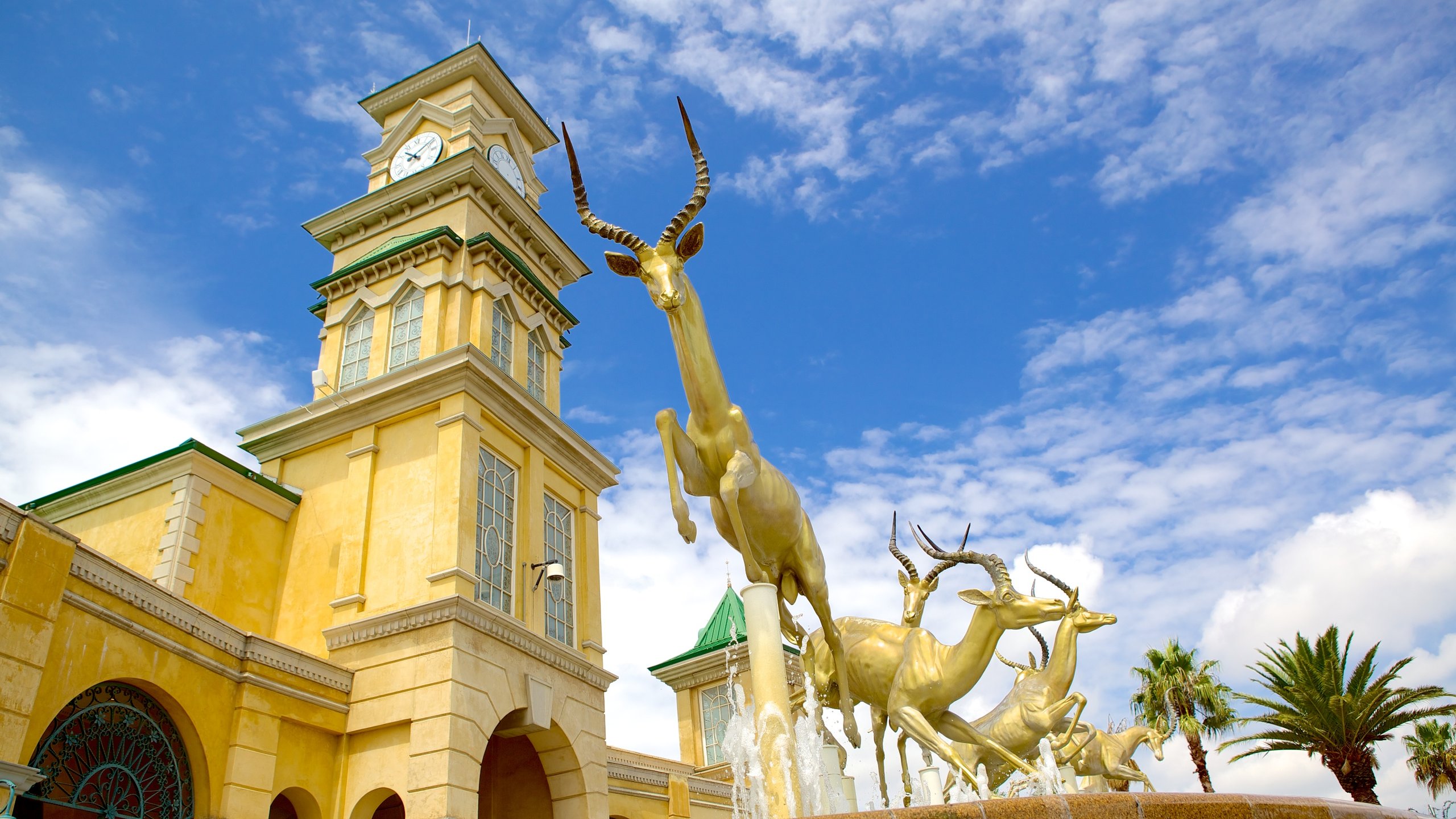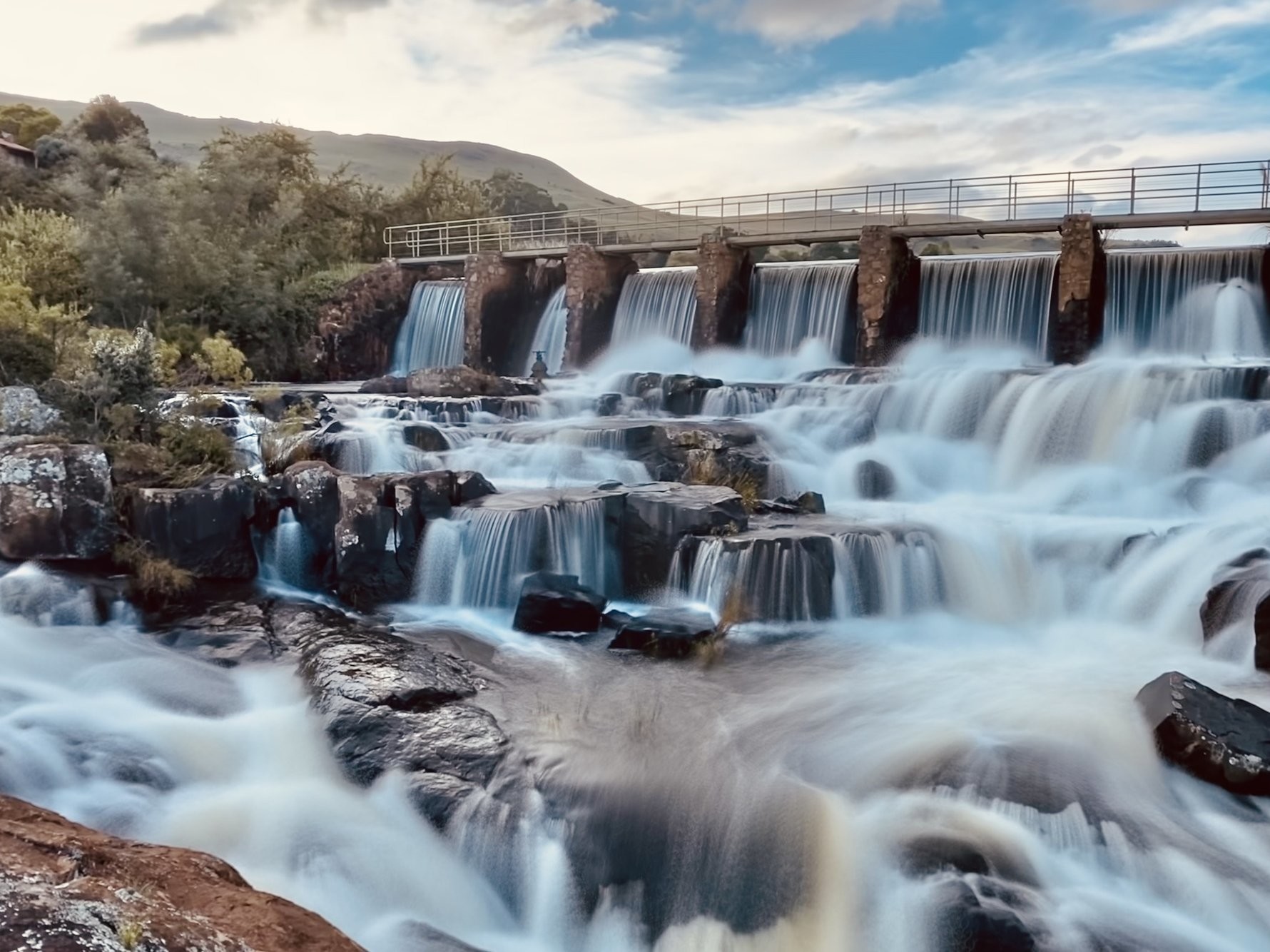The 7-Minute Rule for Johannesburg North Attractions
The 7-Minute Rule for Johannesburg North Attractions
Blog Article
The Facts About Johannesburg North Attractions Uncovered
Table of ContentsExcitement About Johannesburg North AttractionsSome Known Factual Statements About Johannesburg North Attractions Johannesburg North Attractions Can Be Fun For EveryoneNot known Details About Johannesburg North Attractions The Facts About Johannesburg North Attractions RevealedLittle Known Questions About Johannesburg North Attractions.
Shortly prior to Christmas 1898, a boilermaker from Lancashire, Thomas Edgar, ended up being involved in a drunken quarrel with an uitlander neighbour. While resisting arrest, Edgar was fired dead by a Z. A. R. police officer. The police officer was billed with murder but the prosecutor lowered the charge to murder and launched the accused on bail.. R. Johannesburg North attractions. In an initiative to defuse the circumstance, Smuts looked for to strike a handle the mining business. The sharp Cambridge-trained attorney welcomed Percy FitzPatrick (that was to get fame as the author of Jock of the Bushveld, published in 1907) to function as the major negotiator for the mining homes
A. R. impended. Johannesburg, c. 1900 (www.geheugenvannederland.nl) When Johannesburg was founded in 1886, public education in the Z. A. R. was controlled by the Education and learning Regulation of 1882. The earlier Education and learning Law of 1874 had offered that federal government institutions in the Z. A. R. (just a handful of such colleges remained in presence) were to be non-denominational which guideline was to be in Dutch or English, at the will of moms and dads.
In 1886, Pope Leo XIII constituted the Transvaal an independent prefecture under the jurisdiction of the Rt Revd Odilon Monginoux of the Oblates of Mary Immaculate, that was the first Prefect Apostolic of the Transvaal. On 20 July 1886, Fr John de Lacy O. M. I. went to the Rand. He applied to the government for an item of land huge sufficient to suit a church, a college and homes for the instructors.
A Biased View of Johannesburg North Attractions
The institution transferred to Doornfontein in 1895, and came to be referred to as the East End Convent. In 1905, the Holy Family members siblings also established Parktown Convent School (currently Holy Family University). On 2 November 1887, Miss Frances Buckland began showing in a residence on the corner of Jeppe and Rissik streets.
On 11 June 1887, the Revd John Thomas Darragh, the first Anglican clergyman to be stationed on the Rand, had gotten here from Kimberley. A mammoth tome on the background of Christianity in Africa observes briefly: 'The Anglican neighborhood at Kimberley was privileged to have as its leader J. T.
He had won a scholarship to The Royal Institution, Armagh, whence he had actually gone up to Trinity University, Dublin, as a Structure Scholar. Here he had identified himself, being Classical Hebrew and Divinity Prizeman, and had come to be an Other of Trinity College. He was blessed in 1880, and came to be curate of All Saints, Grangegorman, County Dublin.

He was an energetic and enterprising man that immediately dove himself heart and heart right into the life of the growing and bustling mining community. It was not just the Anglican that obtained benefit, for Darragh worked unstintingly amongst all markets of the town. For example, the little neighborhood of Greek Orthodox settlers in Johannesburg had no archimandrite, therefore came close to Darragh to carry out marital and baptismal rites.
The Greatest Guide To Johannesburg North Attractions
(www.eggsa.org) Around the very same time, the Revd Mr Darragh brought into presence St Mary's School for Boys, which was established as a choir college for St Mary's Church. The origins of St John's University can be traced back to this college. The initial headmaster of St Mary's Institution for Boys was Mr F.
The college was evaluated by the Z. A. R - Johannesburg North attractions. education and learning authorities at the end of 1888. The inspection was passed with flying colours, particularly in regard of the criterion concerning the mentor of Dutch, as an outcome of which the school got a 'really liberal grant' from the state
The 15-Second Trick For Johannesburg North Attractions
Marist Brothers' University got such an excellent reputation that some officials of the staunchly Protestant Z. A. R. government registered their sons as pupils at this Catholic college. In 1896, the college's cricket club was affiliated to the Transvaal Cricket Union. By 1897, Marist Brothers' had 500 pupils, and a neighbor lodged an issue with the Superintendent of Education and learning concerning 'too much' play ground sound throughout the lunch interval! During the Anglo-Boer South African War (1899-1902), the school's enrolment went down, yet by 1905 numbers were back to 500 and the college was marketing the truth that it had 'adequate stabling for pupils' equines'.
In 1892, the Superintendent of Education And Learning, Dr N. Mansvelt, put together a report in which he mentioned that some instructors in the Transvaal might not spell words 'Pretoria' and 'Potchefstroom', and did not understand the difference in between a noun and an adjective. In the exact same year, the Education Law was modified to provide that all educators in colleges getting federal government subsidies needed to be participants of a Protestant church; institutions also can not get subsidies in regard of Jewish and Catholic pupils.

The Ultimate Guide To Johannesburg North Attractions
On 7 March and 9 April 1892, the Revd Mr Darragh sent out letters to the State Assistant, Dr W. J. Leyds, in which he specified that the previous Superintendent of Education, Ds S. J. du Toit, had carried out in 1888 that English-medium schools such as St Mary's and St Michael's that also gave guideline in Dutch would certainly qualify for state subsidies.
Participants of the W. C. E.'s board consisted of Sir Lionel Phillips and Sir Abe Bailey. The W. C. E.'s objects were to promote primary education and learning 'suited to all nationalities and creeds' and to respond to the unique use Dutch as medium of instruction in state-supported colleges. In October 1895, the W.
About Johannesburg North Attractions
Robinson estimated that 2,000 out of 6,500 white youngsters of school-going age were not going to school. By 1897-'98, less than fifty white children in the entire Z. A. R. remained in or above Standard VI. By the end of 1896, the W. C. E. had gotten possession of three colleges, and had presumed control of and economic responsibility for 3 various other schools.
Miss Emma Shaw was the head instructor - Johannesburg North attractions. She was aided by a Miss Soamers. St Cyprian's was originally granted a state subsidy, however this was terminated when a federal government evaluation exposed that the institution had actually several coloured and 'native' young boys among its pupils, sharing desks with white kids. Regardless of the withdrawal website here of the aid, the school managed to survive.
After the Battle, it was resumed and run by Sis of the Society of St Margaret (colloquially called the East Grinstead Siblings, with reference to their convent in East Grinstead, Sussex). Unalarmed by the contretemps with the authorities regarding St Cyprian's and its subsidy, Darragh started Willpower School in November 1891.

Report this page